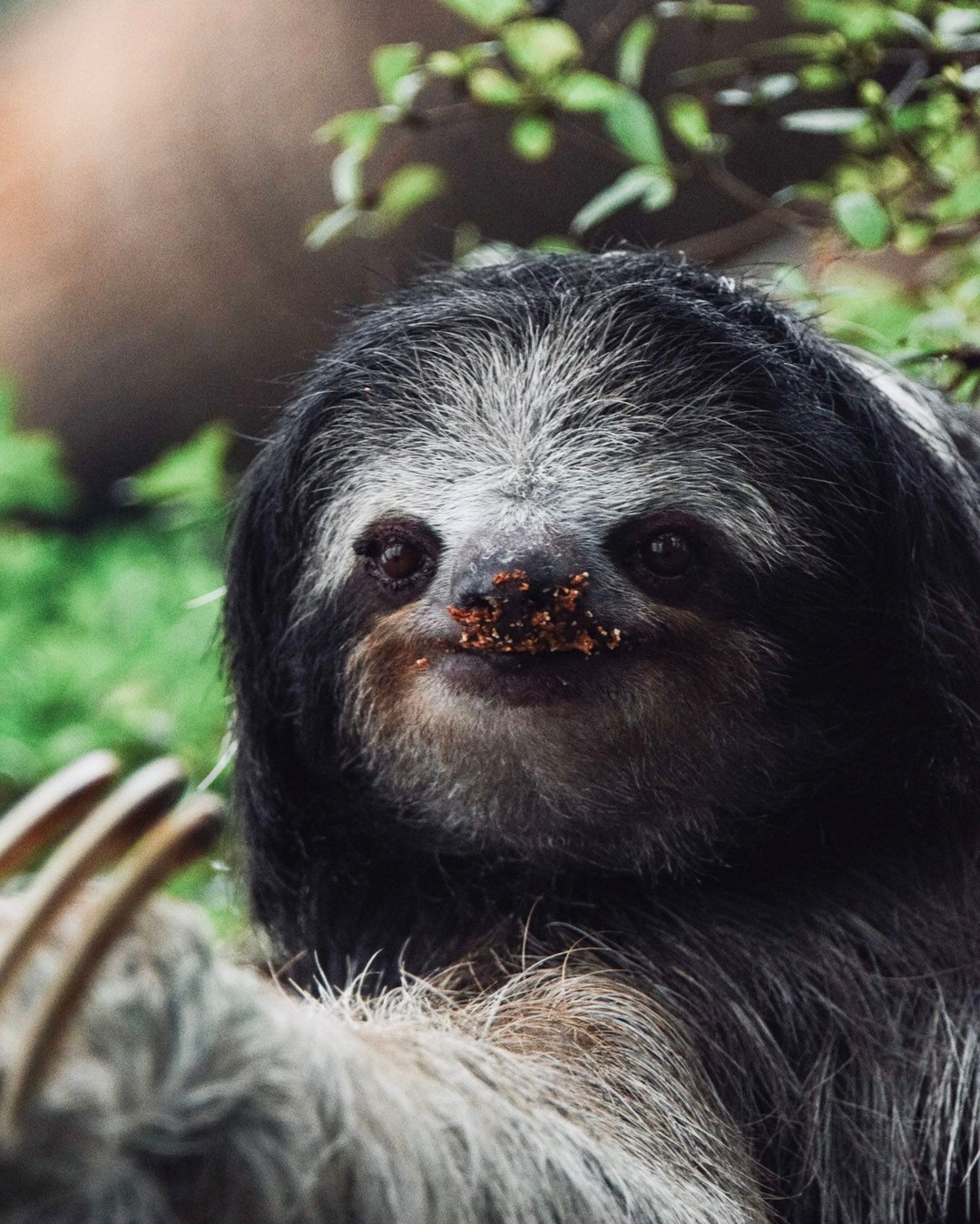All About Sloths – Where Do They Live, What Do They Eat, and More!
Sloths are some of the most intriguing animals in the animal kingdom. From their slow-moving lifestyle to their adorable appearance, these animals have captivated people for many years. But what else do we know about them? Here’s a comprehensive look at sloths – where they live, what they eat, and more!
Habitat
Sloths inhabit Central and South American forests. Their natural habitat is tropical rainforests with plenty of trees and vines to climb on. However, as our planet’s climate changes and destroys forests, sloths are forced to leave their homes in search of food or shelter elsewhere; making them increasingly vulnerable to predators like hawks or people who hunt them for meat or use their fur for clothing.
Diet
The main staple of the sloth’s diet is leaves from different species of trees as well as certain types of fruits and roots. While they do drink water occasionally thanks to their long tongues, sloths generally get most of the water they need from consuming these plants. Additionally, because of their slow metabolism, sloths only need to feed every few days – so you can imagine how much food it takes for them to stay healthy!
Unique Physiology
Sloths live a very different life than most animals due to their unique physiology. For example, due to their low body temperature which helps regulate energy levels; sloths only move at night when temperatures are cooler – sleeping during the day in order keep warm and conserve energy as much as possible (no wonder they appear so sluggish compared to other animals!). Additionally, while many think that all four-legged mammals walk on all fours; adult sloths actually stand upright when walking on land (while still holding onto nearby branches with their three-fingered hands)!
Conservation Efforts
Due mostly to deforestation caused by humans – sloth populations have been declining in recent years; making conservation efforts even more important than ever before if we want future generations to be able to experience these incredible creatures up close! For example, organizations like World Wildlife Fund constantly work year-round towards protecting habitats around the world that house numerous species including this one – ensuring that we don’t lose another part of our planet’s rich biodiversity.


